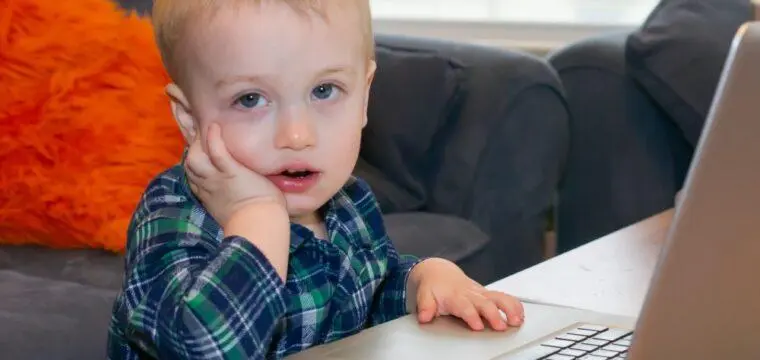Brain injury during early childhood can influence long-term cognitive development. While the physical effects may be more visible, subtle changes in learning, attention, and emotional processing often emerge later. In some cases, these outcomes resemble or overlap with neurodevelopmental conditions such as ADHD. Understanding how brain injury intersects with cognitive growth allows for better support and intervention throughout a child’s development.
Linking Early Brain Injury to Long-Term Attention Challenges
Brain development in early childhood involves rapid growth of networks that support memory, attention, and language. Injury during this stage, even if mild, can disrupt neural pathways. These disruptions may affect the prefrontal cortex and other brain regions involved in regulating attention and behavior. Children with a history of early brain injury may later show traits commonly associated with ADHD. These can include impulsivity, difficulty maintaining focus, and challenges with executive functioning.
However, these symptoms do not always meet diagnostic criteria for ADHD, and their source may be linked more directly to the injury than to a primary neurodevelopmental disorder. Early medical care and regular monitoring are helpful for identifying subtle behavioral changes. When parents and educators recognize these signs, they can guide the child toward helpful resources and accommodations at school and home.
Knowing Which Cognitive Domains are Most Affected by Injury
Not all brain injuries affect cognitive growth in the same way. Severity, location, and the child’s age at the time of injury all play a role. In many cases, working memory, processing speed, and emotional regulation are the most affected areas. Children with early injury may experience difficulty with organizing information or switching tasks. These cognitive patterns can result in poor academic performance, even when intelligence levels remain within the average range. This disconnect can lead to frustration for the child and confusion for caregivers trying to pinpoint the problem. Speech and language delays may also appear. While some children catch up with appropriate intervention, others may need longer-term support in communication strategies or social interaction skills.
Supporting Growth Through Interventions and Observation
Careful observation over time helps distinguish between symptoms caused by injury and those linked to a primary ADHD diagnosis. Neuropsychological evaluations can provide insights into the specific challenges a child faces, allowing families to work with educational and health professionals to create a tailored support plan.
Occupational therapy, speech-language support, and behavioral strategies may help children adjust and thrive in school settings. These services focus on strengthening areas affected by the injury while encouraging the development of coping strategies and adaptive behavior. Physical activity, consistent routines, and reduced distractions in learning environments all contribute to more stable progress. When combined with supportive caregivers and engaged educators, children can build confidence and improve focus.
Move Forward With Informed ADHD Awareness
Children who experience brain injury early in life often continue to grow and learn successfully, especially when their needs are addressed with patience and planning. While attention and behavioral challenges may resemble ADHD, they require a broader look at the child’s history and environment. Staying informed, seeking out evaluations, and involving a team of professionals can help children reach their potential. Addressing both the cognitive and emotional aspects of recovery leads to a more stable foundation for long-term success.









Leave a Reply